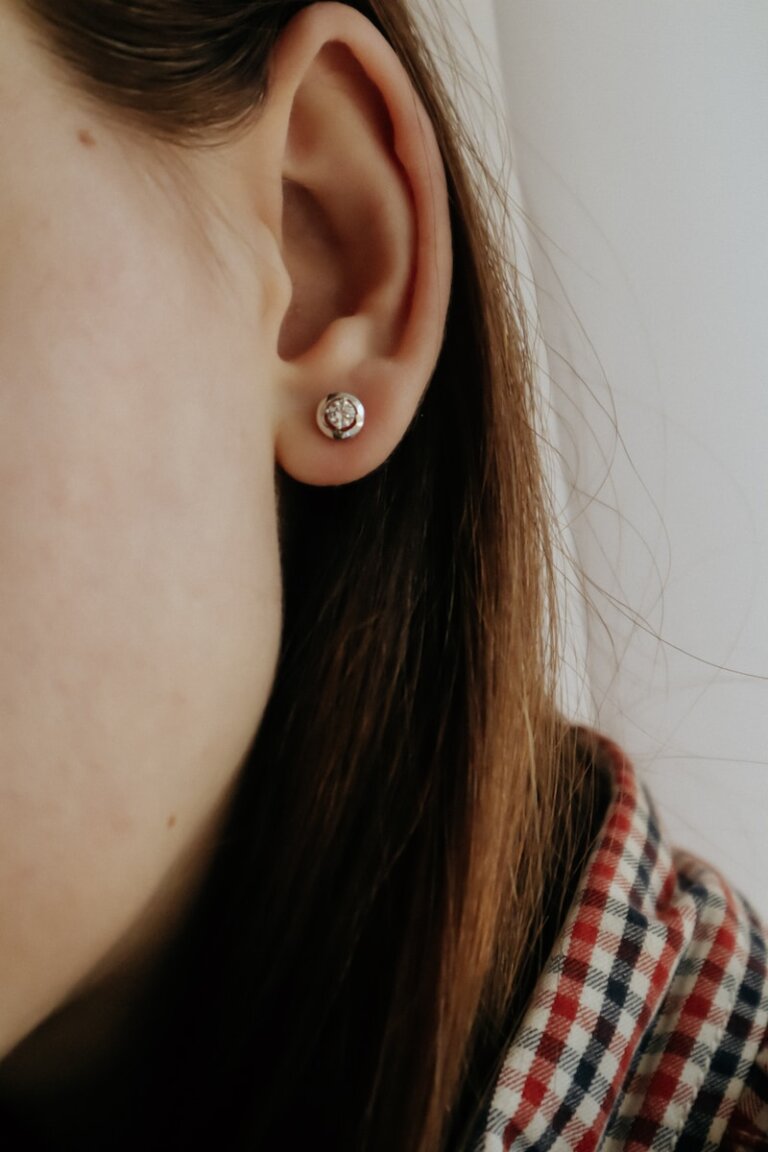Overproduction Explained: Understanding Why Some Individuals Have More Ear Wax
Last Updated on 3rd May 2024 by Admin
Ear wax, known as cerumen, is a natural substance produced by glands present in the ear canal. While it may seem unpleasant, ear wax actually plays a crucial role in maintaining ear health and protecting the delicate structures of our ears. However, some individuals tend to have a higher production of ear wax than others, leading to various symptoms and discomfort. In this article, we will delve into the reasons behind overproduction of ear wax and how to manage it effectively.
The Purpose of Ear Wax
Before we dive into the reasons for overproduction, it is important to understand why our bodies produce ear wax in the first place. Ear wax serves several important functions, including:
- Protection: Ear wax acts as a natural protective barrier, preventing dust, debris, and bacteria from reaching the delicate eardrum. It also helps to repel water, reducing the risk of infection.
- Moisturisation: The glands present in the ear canal produce ear wax to keep the skin moisturised, preventing dryness and itchiness.
- Self-cleaning: As the jaw moves during activities like talking or chewing, the ear wax gradually moves from the ear canal towards the outer ear. This self-cleaning mechanism helps to remove any accumulated debris or dead skin cells.
Ear wax is a valuable substance that serves to protect our ears from foreign particles and maintain their overall health. It acts as a natural barrier, preventing dust, debris, and bacteria from reaching the delicate eardrum. Additionally, it helps to repel water, reducing the risk of infection. The glands present in the ear canal produce ear wax to keep the skin moisturised, preventing dryness and itchiness. Moreover, the movement of the jaw during activities like talking or chewing helps to gradually move the ear wax from the ear canal towards the outer ear, facilitating self-cleaning and removing any accumulated debris or dead skin cells.
Understanding Overproduction of Ear Wax
While ear wax production is a normal and necessary process, some individuals tend to produce excessive amounts of ear wax, leading to various symptoms and discomfort. There are several factors that contribute to this overproduction:
- Genetics: Genetic factors play a significant role in determining the characteristics of our ear wax production. Some individuals simply have more active wax glands, leading to an increased production.
- Narrow Ear Canals: People with naturally narrow ear canals may be more prone to ear wax build-up and overproduction. The narrower the canal, the easier it is for wax to become impacted and accumulate.
- Excessive Cleaning: Ironically, excessive cleaning of the ears can actually lead to increased ear wax production. When we clean our ears too frequently or aggressively, it can stimulate the glands to produce more wax as a protective response.
- Hairy Ear Canals: Excessive hair inside the ear canal can trap and hold onto ear wax, leading to an increased accumulation and overproduction.
- Regularly Sleeping on One Side: Moisture and heat created with your ear against the pillow favour a wax build-up.
- Use of Hearing Aids: Wearing hearing aids or regularly using earplugs or in-ear headphones prevents the ear wax from working it’s way out of the ear canal naturally leading to blockages. In addition, foreign objects in the ear canal can stimulate more wax production by the cerumen glands,
Symptoms of Overproduction
When an individual produces an excessive amount of ear wax, it can lead to various symptoms and discomfort. Some common signs of overproduction include:
- Hearing Loss: Excessive ear wax can block the ear canal and impair sound transmission, causing temporary hearing loss.
- Earache: Build-up of ear wax can cause pressure and pain in the ear canal, leading to earache.
- Tinnitus: Overproduction of ear wax can contribute to the development or worsening of tinnitus, a condition characterised by ringing or buzzing sounds in the ears.
- Itchiness: Excessive ear wax can lead to itchiness in the ear canal, causing discomfort and irritation.
- Dizziness: In some cases, a blockage caused by overproduction of ear wax can lead to dizziness or a sense of imbalance.
Managing Overproduction of Ear Wax
If you find yourself experiencing symptoms of overproduction of ear wax, there are several effective ways to manage the condition:
- Avoid Excessive Cleaning: It is important to resist the urge to clean the ears too frequently or aggressively. This can lead to an increased production of ear wax as the glands try to compensate for the removal.
- Use Ear Drops: Over-the-counter ear drops can help soften the ear wax, making it easier to remove or allowing it to naturally migrate out of the ear canal.
- Microsuction: In some cases, a healthcare professional may perform microsuction to remove excessive ear wax. This involves using a specialised suction device to gently remove the wax from the ear canal.
- Avoid Inserting Objects: It is crucial to avoid inserting objects such as cotton buds into the ear canal. This can push the ear wax deeper, potentially causing damage to the eardrum or ear canal.
- Consult a Healthcare Professional: If your symptoms persist or worsen, it is advisable to seek medical attention. A healthcare professional can evaluate your condition and recommend appropriate treatment options.
Conclusion
Understanding why some individuals have more ear wax than others is essential for effectively managing the symptoms and discomfort associated with overproduction. While ear wax serves important protective functions, excessive production can lead to various issues. By following proper ear care practices and seeking professional assistance when needed, you can maintain optimal ear health and alleviate any related problems.







